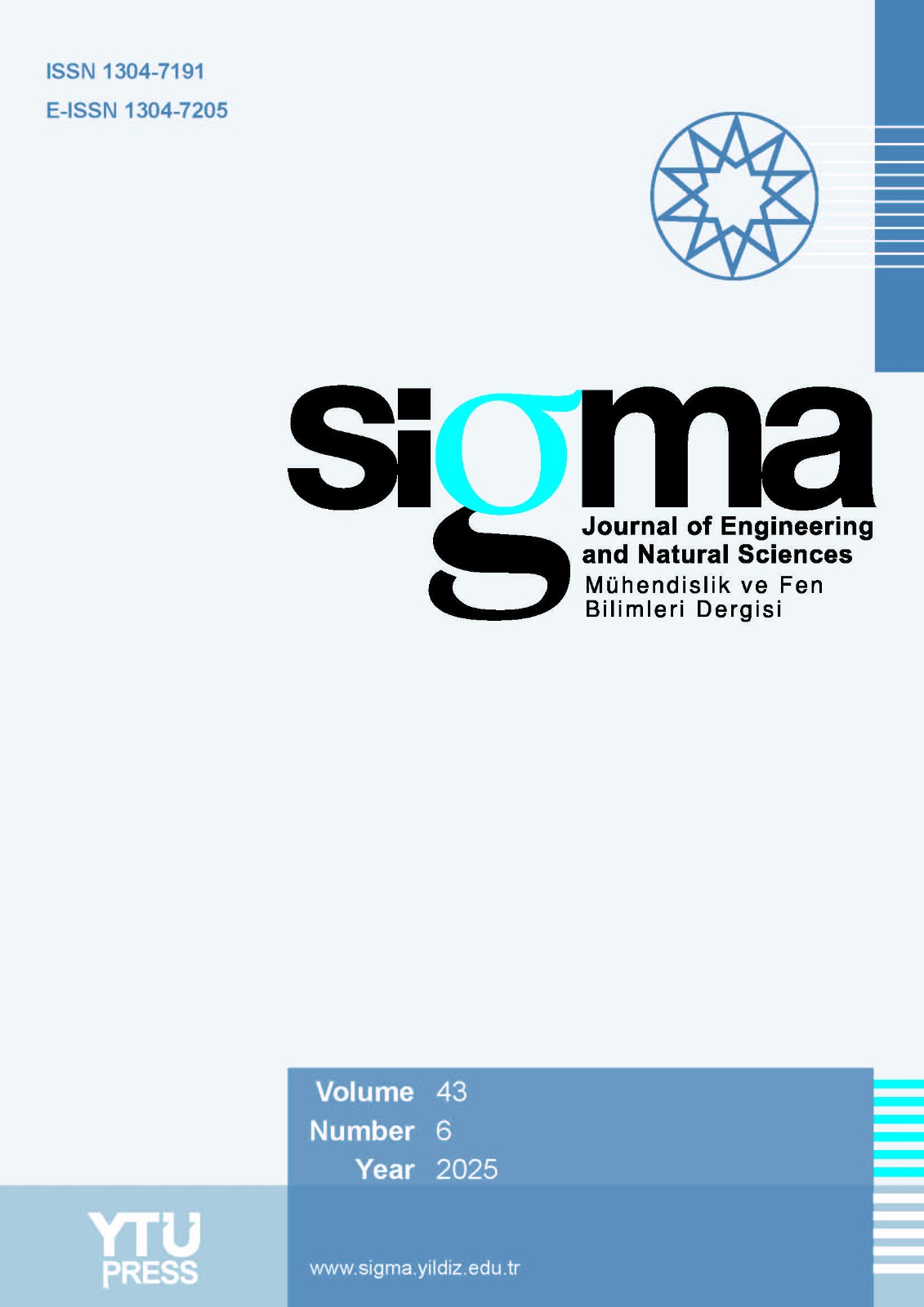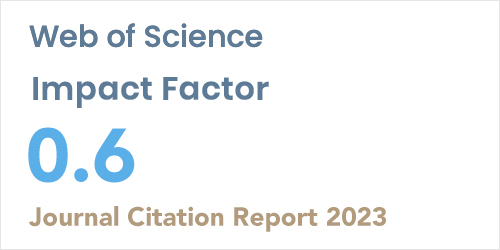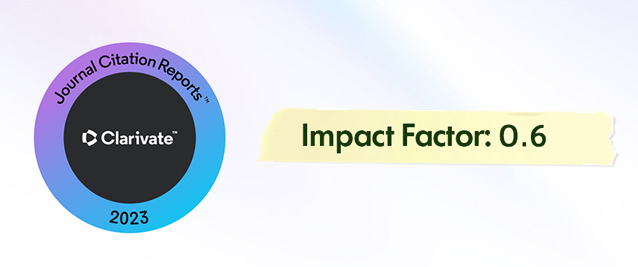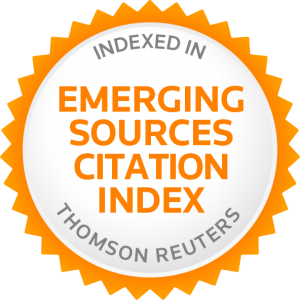Abstract
Sugar Co-generation is the process by which steam and electricity are produced from a single fuel such as bagasse [1]. By burning bagasse,steam is produced at high pressure and temperature in the boiler. This high-pressure steam passes over the turbine and rotates the alternator to produce electricity and exhausted steam goes over the turbine at reduced pressure andis supplied to the sugar process, condenser, HP heaters, etc. Here delivered steam and generation of electricity are linear functions of the total steam produced in the boiler. During the season (generally October to March), sugar mills in India use their bagasse to run their mills and generate steam for the boilers and turbines. They generate electricity for their facilities & surplus power can be exported to the distribution licensees [9]. During the off-season, plant operations are stopped due to lack of bagasse therefore, particularly maintenance is carried out during this period. Nowadays, the plant remains in operation throughout the year by proper inventory management of bagasse.
In this study,the unit costs of the delivered steam and generation of electricity in a sugar cogenera-tion planthave been computed using the multiple linear regression least squares method. Without this regression method, it is quite difficult to calculate separately the unit cost of steam and electric-ity. The unit cost of every utility can be precisely calculated by formulating a mathematical model and fitting it to data taken from boiler logs. The multiple regression method makes it feasible to cal-culate the unit costs of delivered steam and electricity with accuracy. In this paper, the unit price of steam 5.2 Rs/kg and the unit price of electricity 7 Rs/ kWh is accurately determined by this method. The percentage relative error between the calculated and measured boiler steam delivery rates can be reduced with the use of the least squares method. This comparison’s accuracy validatesthat the unit cost has been calculated correctly and that the model is appropriate. This multiple linear regression least squares method used in this paper has helped to determine the percentage relativeerror between measured boiler steam and calculated boiler steam. With this strategy, the standard deviation of the percentage relative error was found to be 0.53%.
In this paper, the Multiple Linear regression least square method is applied to a sugar Co-generation plant to calculate unit prices of delivered steam and electricity. It represents a linear relationship of delivered steam and electricity with total steam generated in the boiler. This concept depends upon the design of the plant output in which steam is to be collected at a lower pressure rate from the main turbine and is given to the sugar process, distillery process, etc. This method’s accuracy is described by collecting actual plant data from the Pravara sugar Cogeneration plant, in Pravaranagar, India.














